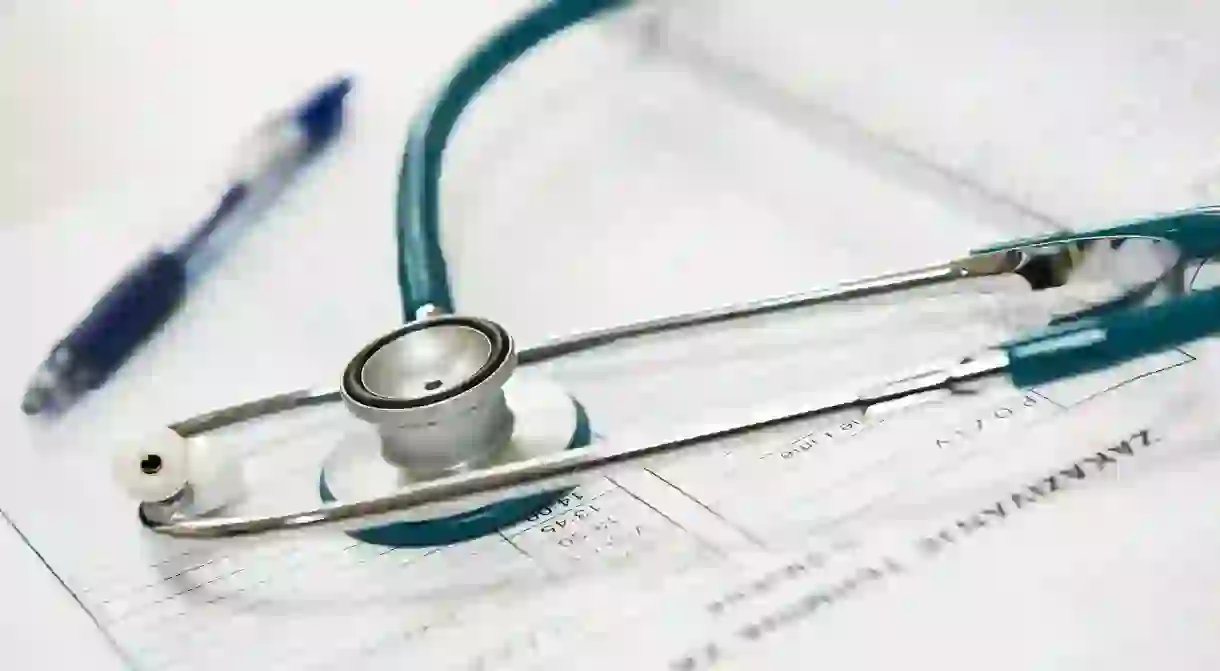What Cuban Doctors Can Teach the Rest of the World about Humanitarian Aid

The healthcare system in Cuba is lauded as an amazing example of how to provide quality care on a limited budget, and the country is known for sending doctors on humanitarian missions around the world. How did the island nation get its reputation, and what can we learn from it?

A different approach to healthcare
Cuba regards healthcare as a human right, and trains large numbers of doctors to provide care. This means there is one doctor for every 150 Cuban citizens, a number far higher than in many developed nations.
Testament to the preventative approach to medicine is that life expectancy in Cuba is 77 years for men and 81 years for women, compared to 79 years and 81 years respectively in the United Kingdom.

Leading by example in crises
These highly-trained doctors are also sent on humanitarian missions around the world. While they are an important source of income for the Cuban government in certain situations, the country has a strong record in responding to requests for help from nations struck by disaster.
Teams of doctors were dispatched to Chile (1960), Nicaragua (1972) and Iran (1990) after they were affected by earthquakes, and more recent humanitarian missions include the 2010 earthquake in Haiti and the fight against ebola in West Africa in 2014.
While Cuba has had a long-standing policy of medical internationalism since the Revolution in 1959, the country also provides training opportunities for foreign medical students. Following a medical mission to Central America after Hurricane Mitch in 1998, Cuban doctors were shocked to find that many locals were suffering chronic illnesses. In response, Fidel Castro decided to set up a six-year medical school program in Havana.

Training a new generation of doctors
The Escuela Latinoamericana de Medicina (ELAM), or the Latin American School of Medicine, provides full scholarships to students that largely hail from poor, rural areas of the world where access to healthcare is limited. Instead of sending Cuban doctors on never-ending humanitarian missions, the idea is to train doctors that can work in their own communities.
It’s impressive to think what Cuban doctors have achieved in disaster zones around the world, and in day-to-day practice in hundreds of countries. However perhaps the most important lesson can be taken from ELAM: rather than making communities dependent on outside help, give them the tools to help themselves.













